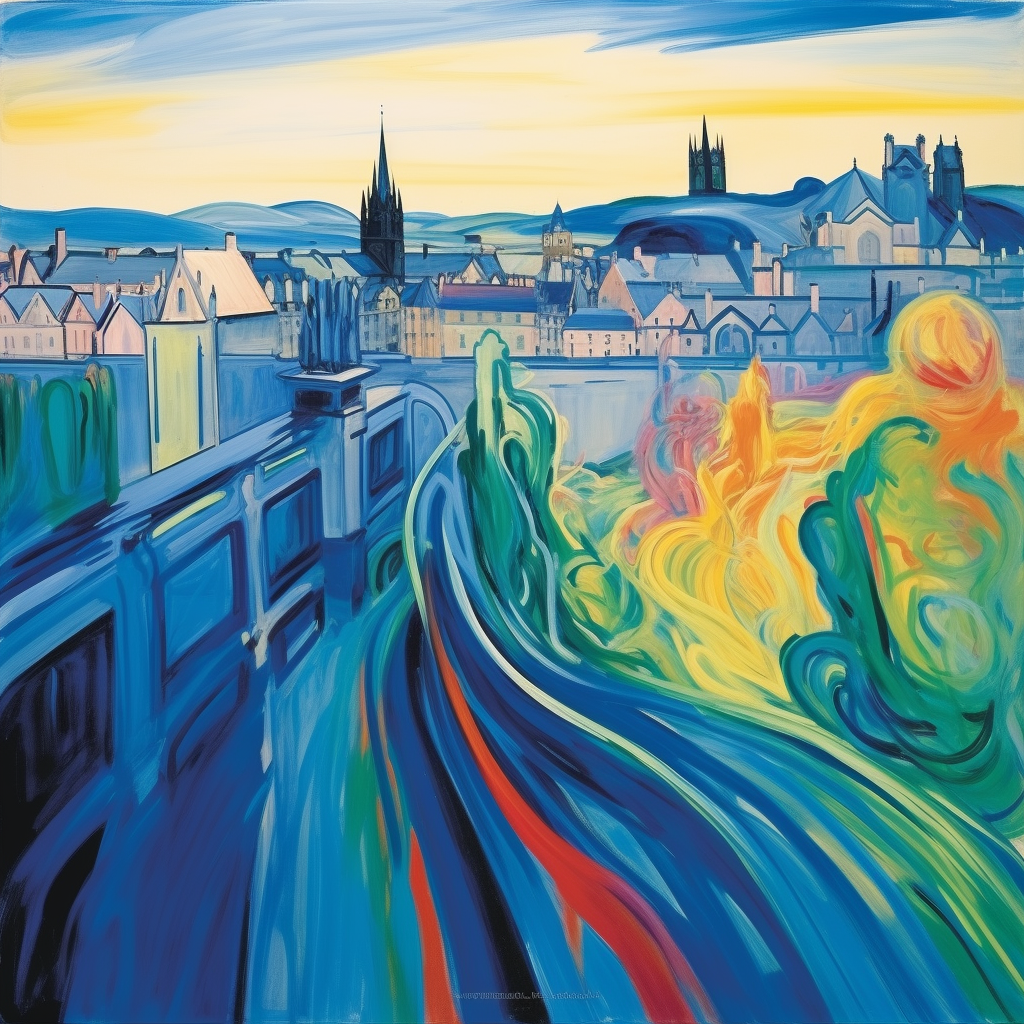Exploring the Engineering Marvel: Forth Bridge
Scotland is home to some of the world's most stunning landscapes and groundbreaking feats of engineering. The Forth Bridge, a cantilever railway bridge crossing the Firth of Forth in the east of Scotland, is a definitive testament to this. This magnificent structure is not just a functional transport link; it's an iconic symbol of Scottish innovation and persistence.
The Forth Bridge: Connecting Cultures and Shores
Since its opening in 1890, the Forth Bridge has stood as a steadfast connector between Edinburgh and the Kingdom of Fife. Its colossal steel structure spans an impressive 2,528 metres, making it one of the longest bridges of its kind in the world. The bridge's distinctive red hue, towering Gothic towers, and elaborate tubular design have captivated the imaginations of artists, poets, and engineers alike.
Built to Last: A Testament to Victorian Engineering
The idea for a solid bridging point across the Forth originated in the early 19th century but was met with resistance due to the challenging geographical conditions and the sheer scale of the undertaking. It was not until Sir John Fowler and Sir Benjamin Baker came onto the scene that the vision began to take a substantial form. Employing more than 4,500 men over seven years and utilising 55,000 tonnes of steel, their pioneering design has not only stood the test of time but continues to be hailed as an exceptional example of Victorian engineering prowess.
The Forth Bridge's Cultural and Historical Significance
The cultural significance of the Forth Bridge is woven deep into the fabric of Scottish heritage. By greatly reducing travel time between the south and north of the country, the bridge played a vital role in the economic development and cultural exchange within Scotland. Recognised for its historical and cultural value, UNESCO designated the Forth Bridge as a World Heritage Site in 2015, highlighting its innovative use of mild steel and its role as a key transportation artery.
Engineering Behind the Icon: A Closer Look
The Forth Bridge's design is a marvel of its era. The use of three double cantilevers connected by girders created a structure resilient enough to withstand the harsh weather conditions of the area. What truly set it apart at the time of construction was the redundancy built into the design, where the failure of one element would not result in the collapse of the structure—unheard of in previous bridge constructions.
Visiting the Forth Bridge
Today, the Forth Bridge continues to serve as a key passage for Scotland's rail network, with around 200 trains crossing daily. For visitors, the sight of the bridge is a breathtaking experience. Numerous boat tours provide tranquil views from the waters of the Firth of Forth, while the surrounding coastal paths offer panoramic vistas for those preferring to stay on dry land. Each angle offers a unique perspective on this centerpiece of Scottish engineering.
A Symbol of Scottish Pride
Beyond its functionality, the Forth Bridge remains a proud emblem of Scotland's industrial history and creative spirit. It stands not just as an infrastructural necessity, but as a reminder of the country's capacity for greatness. The unyielding spires that rise boldly into the sky tell a story that continues to inspire generations and positions Scotland firmly on the map as a leader in innovative engineering and iconic design.
In visiting the Forth Bridge, one walks the rails of history, spanning the gap between past and present, and experiencing the monumental significance of Scotland's beloved bridge. As each train rumbles across, passengers are part of a continuing legacy, riding across a bridge that is much more than a crossing—it's a span woven into the very heart of Scottish culture.
